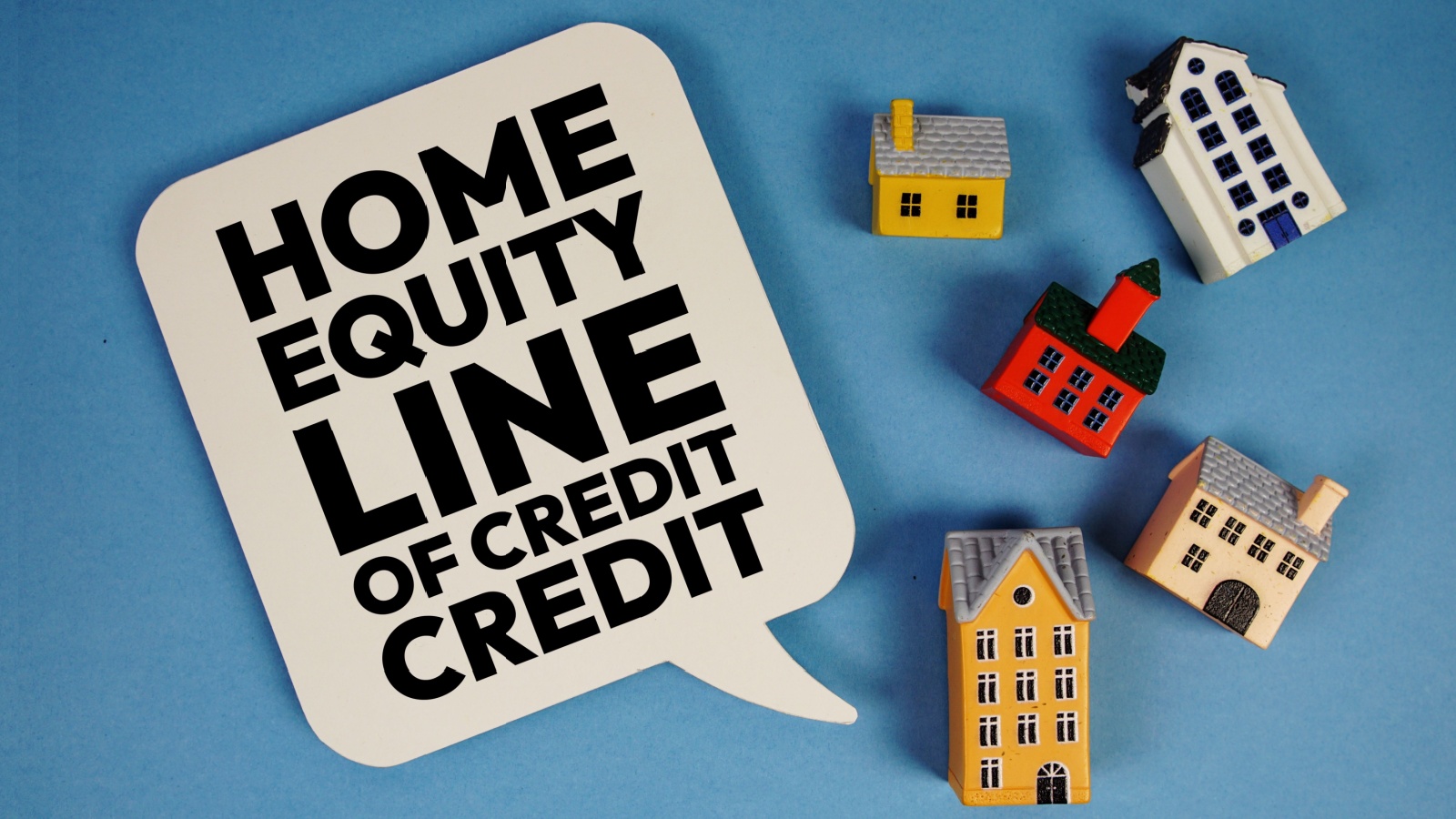The Canadian real estate market can feel overwhelming, with rising property prices and growing competition. Yet, many Canadians are finding creative ways to stay ahead and build wealth through smart strategies. Here are 22 real estate hacks Canadians are using to beat the market.
House Hacking with Rental Units

House hacking is one of the most effective strategies Canadians are using to offset high housing costs. By purchasing a property with multiple units or a basement suite, homeowners can rent out a portion of their home to generate steady income. This rental income helps cover mortgage payments, property taxes, and maintenance expenses, making homeownership more affordable. In many cases, it even allows owners to qualify for larger mortgages. House hacking provides financial stability while also building long-term equity.
Purchasing Pre-Construction Properties

Buying pre-construction properties is a popular real estate hack among Canadians looking to secure homes at lower prices. These properties are often sold at a discount compared to completed homes, allowing buyers to lock in a price before the market appreciates. Developers also offer flexible payment plans, giving buyers time to save while the property is being built. Once construction is complete, the property’s value typically increases, providing instant equity. For investors, pre-construction units can be resold for profit or rented out in high-demand areas.
Using First-Time Home Buyer Incentives

First-time home buyers in Canada can save thousands of dollars by taking advantage of government programs and incentives. Options like the Home Buyers’ Plan allow individuals to use RRSP savings for a down payment without immediate tax consequences. Other incentives include the First-Time Home Buyer Incentive, which reduces monthly mortgage payments through shared equity with the government. Buyers may also qualify for land transfer tax rebates depending on the province. These programs make entering the housing market more achievable.
Co-Buying with Friends or Family

Rising home prices have made co-buying an increasingly popular strategy in Canada. By pooling resources with friends or family, buyers can share the costs of a down payment, mortgage, and maintenance. This approach makes it easier to qualify for larger properties in desirable locations that would otherwise be unaffordable individually. Co-ownership also reduces the financial burden of ongoing expenses, such as utilities and repairs. However, it requires clear agreements to avoid disputes. When done correctly, co-buying creates an affordable path to homeownership.
Targeting Up-and-Coming Neighborhoods

Savvy Canadian buyers are finding opportunities by investing in up-and-coming neighborhoods before property values peak. These areas often have lower entry prices but show signs of growth, such as new infrastructure projects, improved public transit, or increasing commercial development. Purchasing early in these neighborhoods allows buyers to benefit from appreciation as the area becomes more desirable. Investors can maximize returns by renting properties to young professionals or families seeking affordable alternatives to established urban centers.
Leveraging Low-Interest Mortgage Rates

When mortgage rates are low, Canadians can lock in long-term savings by securing favorable financing. A low-interest mortgage reduces monthly payments, allowing buyers to qualify for higher-value homes or save more over time. Investors can also benefit by expanding their portfolios while keeping borrowing costs manageable. Many homeowners use this opportunity to pay down principal faster, which significantly cuts interest expenses over the life of the loan. Timing is critical, so staying informed about market conditions and working with an experienced broker can help secure the best deal before rates begin to rise.
Making Lump-Sum Prepayments

One smart strategy for homeowners is making lump-sum prepayments toward their mortgage. Even small additional payments reduce the outstanding principal, cutting down on future interest charges. Many Canadian lenders allow borrowers to make annual lump-sum contributions without penalties, making it an accessible hack for long-term savings. Over the life of a mortgage, consistent extra payments can save thousands of dollars while helping homeowners build equity faster. Planning ahead by using tax refunds, bonuses, or surplus cash for prepayments is effective. It is a disciplined habit that ensures debt is reduced quickly without significantly impacting day-to-day financial stability.
Using HELOCs to Fund Investments

Home Equity Lines of Credit (HELOCs) are becoming a popular tool for Canadians who want to fund investments. A HELOC allows homeowners to borrow against the equity in their property, often at lower interest rates compared to traditional loans. These funds can be reinvested in real estate, renovations, or even the stock market. If managed wisely, this strategy creates opportunities for higher returns and wealth building. However, it requires careful planning since borrowing against equity adds risk. Responsible repayment and choosing investments with solid growth potential make HELOCs a powerful financial tool in today’s competitive real estate environment.
Shopping Around for the Best Mortgage Deals

Many Canadians save thousands simply by comparing mortgage offers instead of settling for the first option provided. Banks, credit unions, and mortgage brokers each offer unique rates and terms, and even small differences can add up to significant savings over time. Shopping around also gives buyers leverage to negotiate with lenders. Online comparison tools make this process easier than ever. Understanding the fine print, such as prepayment privileges and penalty fees, is equally important. Taking the time to explore multiple options ensures homeowners lock in the most cost-effective mortgage, making their real estate journey much more financially sustainable.
Refinancing to Unlock Equity

Refinancing a mortgage allows homeowners to tap into the equity they have built up over the years. This strategy can provide funds for home renovations, investment opportunities, or debt consolidation. With refinancing, Canadians can also switch to better interest rates or more favorable terms, lowering monthly payments and improving financial flexibility. However, it is important to weigh closing costs and long-term impacts before proceeding. Many homeowners choose refinancing when property values rise, unlocking significant amounts of capital. When used strategically, refinancing transforms built-up equity into a tool for wealth creation while still maintaining long-term financial stability.
Short-Term Rentals like Airbnb

Short-term rentals are an increasingly popular way for Canadians to boost income from their properties. Platforms like Airbnb allow homeowners to rent out rooms, basement suites, or entire homes to travelers. This strategy often generates higher returns compared to traditional long-term leases. It is especially profitable in high-demand tourist cities such as Toronto, Vancouver, or Montreal. However, short-term rentals require management, compliance with local regulations, and attention to guest experience. With the right approach, homeowners can maximize cash flow, cover mortgage payments, and even turn properties into profitable investments while maintaining flexibility in how the space is used.
Renting Out Basement Suites

Converting or renting out a basement suite is a proven way Canadians are making homes more affordable. Secondary suites provide steady rental income that can offset mortgage costs and other living expenses. Many municipalities encourage this approach, offering guidelines for legal basement apartments. Homeowners benefit by increasing property value while providing much-needed rental housing in competitive markets. Renovating a basement into a functional unit requires upfront investment but pays off with long-term income potential. With strong demand for affordable housing across Canada, renting out basement suites is a practical and sustainable real estate hack that supports financial security.
Investing in Multi-Family Properties

Investing in multi-family properties allows Canadians to generate steady rental income while benefiting from economies of scale. Unlike single-family homes, managing multiple units under one roof reduces per-unit expenses and often leads to higher overall returns. Tenants help cover the mortgage, and vacancies have less impact since multiple streams of rent are coming in. Multi-family properties are also attractive for long-term wealth building, as appreciation and mortgage paydown work in your favor. With proper management, this strategy can provide financial stability, making it a popular choice for investors seeking consistent cash flow and significant growth opportunities in the real estate market.
Flipping Homes for Profit

Flipping homes remains one of the most talked-about strategies in Canadian real estate. The process involves purchasing undervalued or distressed properties, renovating them, and reselling at a higher price. When executed well, flipping can deliver impressive profits in a short time frame. However, it requires careful planning, budgeting, and understanding of local market conditions. Renovation costs and unexpected issues can eat into margins if not managed wisely. Successful flippers focus on cosmetic upgrades with high return on investment while avoiding over-improvements. Timing the sale in a favorable market can make the difference between modest gains and substantial financial rewards.
Real Estate Investment Trusts (REITs)

REITs offer Canadians an accessible way to invest in real estate without owning physical properties. These trusts pool funds from multiple investors to purchase and manage income-generating assets such as apartments, office buildings, or shopping centers. Investors receive regular dividends from rental income, making REITs a passive and relatively low-barrier investment. Since they are traded on stock exchanges, REITs provide liquidity that direct property ownership does not. They also allow for portfolio diversification, reducing risks tied to a single property. For those who want exposure to real estate markets while avoiding the responsibilities of being a landlord, REITs are ideal.
Claiming Rental Property Deductions

Canadian landlords can significantly reduce their tax burden by properly claiming rental property deductions. Expenses such as mortgage interest, property taxes, insurance, repairs, and utilities are often deductible against rental income. Capital cost allowance (CCA) can also be applied to depreciate the value of the building over time, though it requires careful planning to avoid tax implications when selling. Keeping detailed records of all expenses is essential to maximize deductions and stay compliant with Canada Revenue Agency rules. When used effectively, these deductions increase profitability by lowering taxable income, making rental properties more financially rewarding and sustainable for long-term investors.
Using Principal Residence Exemptions

The principal residence exemption is a powerful tax tool for Canadians, allowing them to avoid paying capital gains tax on the sale of their primary home. By designating a property as your principal residence, you can shelter appreciation from taxation, often resulting in significant savings. This exemption applies even if you move and change your principal residence during ownership, provided the rules are followed. Families can also strategically use the exemption by designating different properties when beneficial. For investors and homeowners alike, understanding and leveraging this exemption can preserve more wealth and ensure greater returns from real estate sales.
Leveraging RRSP Home Buyers’ Plan

The RRSP Home Buyers’ Plan (HBP) allows first-time homebuyers in Canada to withdraw up to $35,000 from their Registered Retirement Savings Plan to purchase a home. Couples can combine withdrawals for a total of $70,000, providing a significant down payment boost. The best part is that these withdrawals are tax-free, provided they are repaid over 15 years. This program makes homeownership more accessible, especially in competitive markets. By using RRSP funds strategically, buyers can reduce mortgage requirements and interest costs. It is an excellent tool for Canadians looking to enter the housing market without depleting their savings entirely.
Structuring Deals Through Corporations

Some Canadians are using corporations to purchase and hold real estate as a way to maximize tax efficiency and reduce personal liability. By structuring deals through a corporation, property owners can often access more favorable tax rates and shield personal assets from risks associated with tenants or lawsuits. This strategy can also make it easier to raise capital from investors and reinvest profits into additional properties. However, incorporating adds legal and accounting complexities, along with annual reporting requirements. For serious investors building a real estate portfolio, this approach can provide long-term advantages when executed with professional guidance.
Land Banking in Growing Areas

Land banking involves purchasing undeveloped land in areas expected to grow significantly in the future, and Canadians are increasingly turning to this strategy. By holding onto land near developing neighborhoods, transit projects, or infrastructure expansion, investors aim to benefit from rising demand and future appreciation. While land generates little to no immediate income, its long-term value can multiply once urban development reaches the area. Patience is key since profits may take years to realize. This hack works best for investors who can afford to wait and want to secure a strong position in Canada’s evolving real estate market.
Buying Fixer-Uppers for Equity Gains

Buying a fixer-upper is a proven way Canadians are building equity while saving money on the purchase price. Properties that need repairs or cosmetic updates are usually priced below market value, allowing buyers to invest in renovations that increase the home’s worth. From upgrading kitchens and bathrooms to improving energy efficiency, smart renovations can lead to significant equity gains and higher resale value. Many buyers also choose to live in the property during renovations, cutting costs further. This approach requires effort, budgeting skills, and a vision for potential, but it remains one of the most accessible real estate hacks.
Diversifying with Commercial Real Estate

Instead of focusing solely on residential properties, Canadians are increasingly diversifying into commercial real estate to strengthen their portfolios. This includes investing in office spaces, retail units, or industrial properties that can deliver steady rental income and potential appreciation. Commercial tenants often sign longer leases, which provides stability compared to the frequent turnover of residential rentals. Additionally, commercial properties may offer higher returns when located in growing business hubs. While the upfront costs and risks are greater, diversifying with commercial real estate reduces reliance on the housing market. It creates opportunities for long-term financial growth in Canada’s property sector.
21 Products Canadians Should Stockpile Before Tariffs Hit

If trade tensions escalate between Canada and the U.S., everyday essentials can suddenly disappear or skyrocket in price. Products like pantry basics and tech must-haves that depend on are deeply tied to cross-border supply chains and are likely to face various kinds of disruptions
21 Products Canadians Should Stockpile Before Tariffs Hit
